Asia-Pacific Linguistics
Asia-Pacific Linguistics (A-PL) publishes scholarly research relating to the languages of Asia, the Pacific and Australia, with a particular focus on little described languages. This includes language description and grammatical analysis, language documentation, language typology and linguistic theory, sociolinguistics, language contact, and the reconstruction of linguistic change and culture history. A-PL also publishes other materials, such as text collections and language materials for local communities.
Please note: The following list of titles is sorted by publication date, with the most recent first.
Displaying results 1 to 11 of 11.
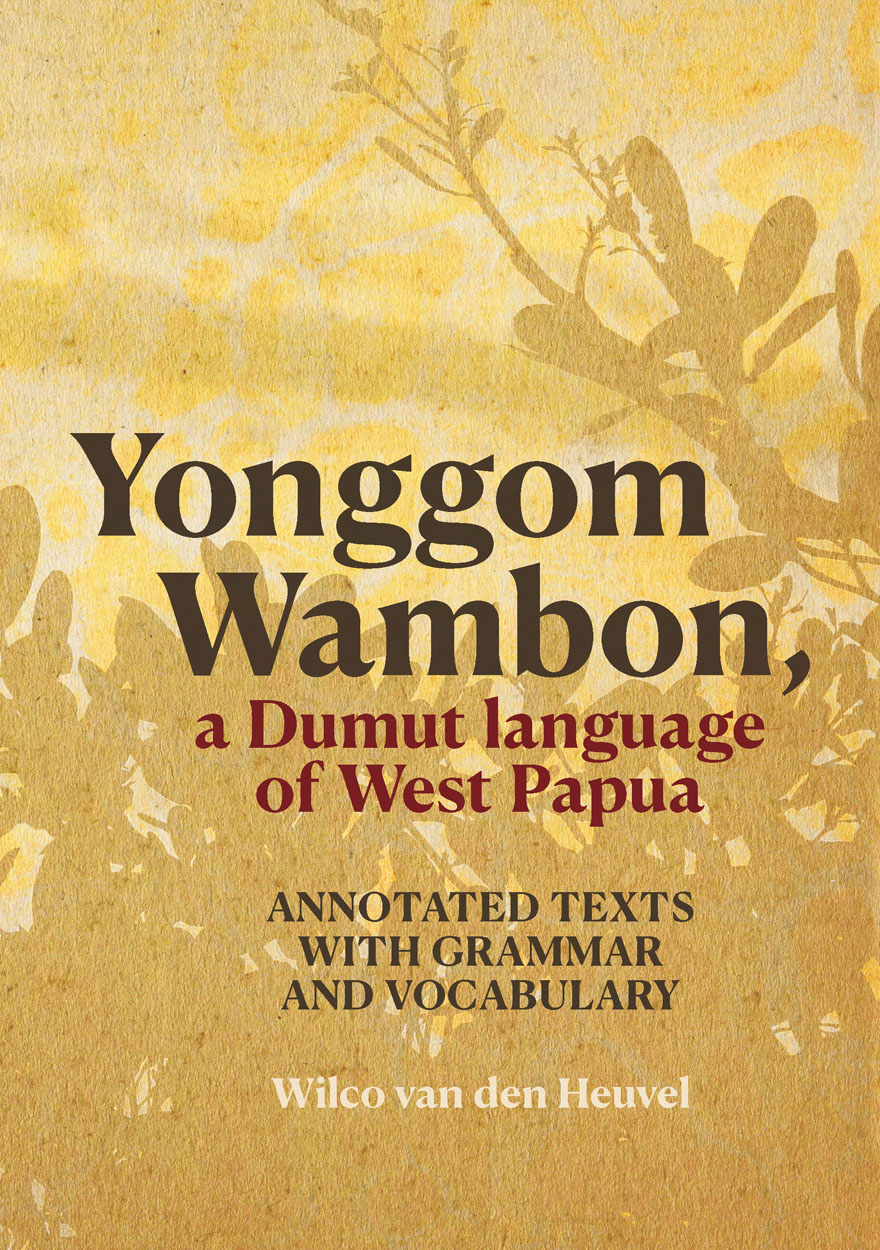
Yonggom Wambon, a Dumut language of West Papua »
Annotated Texts with Grammar and Vocabulary

A Grammar of Warlmanpa »
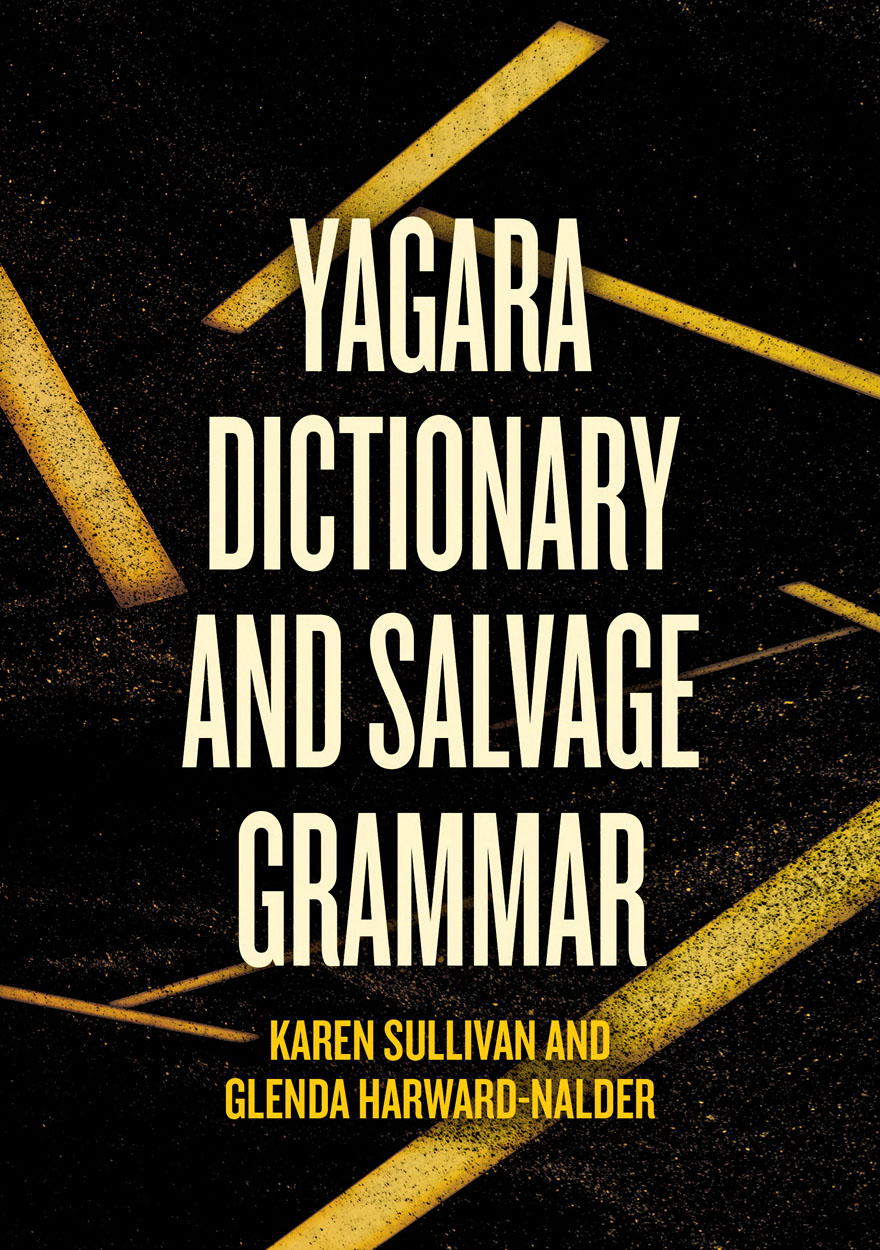
Yagara Dictionary and Salvage Grammar »
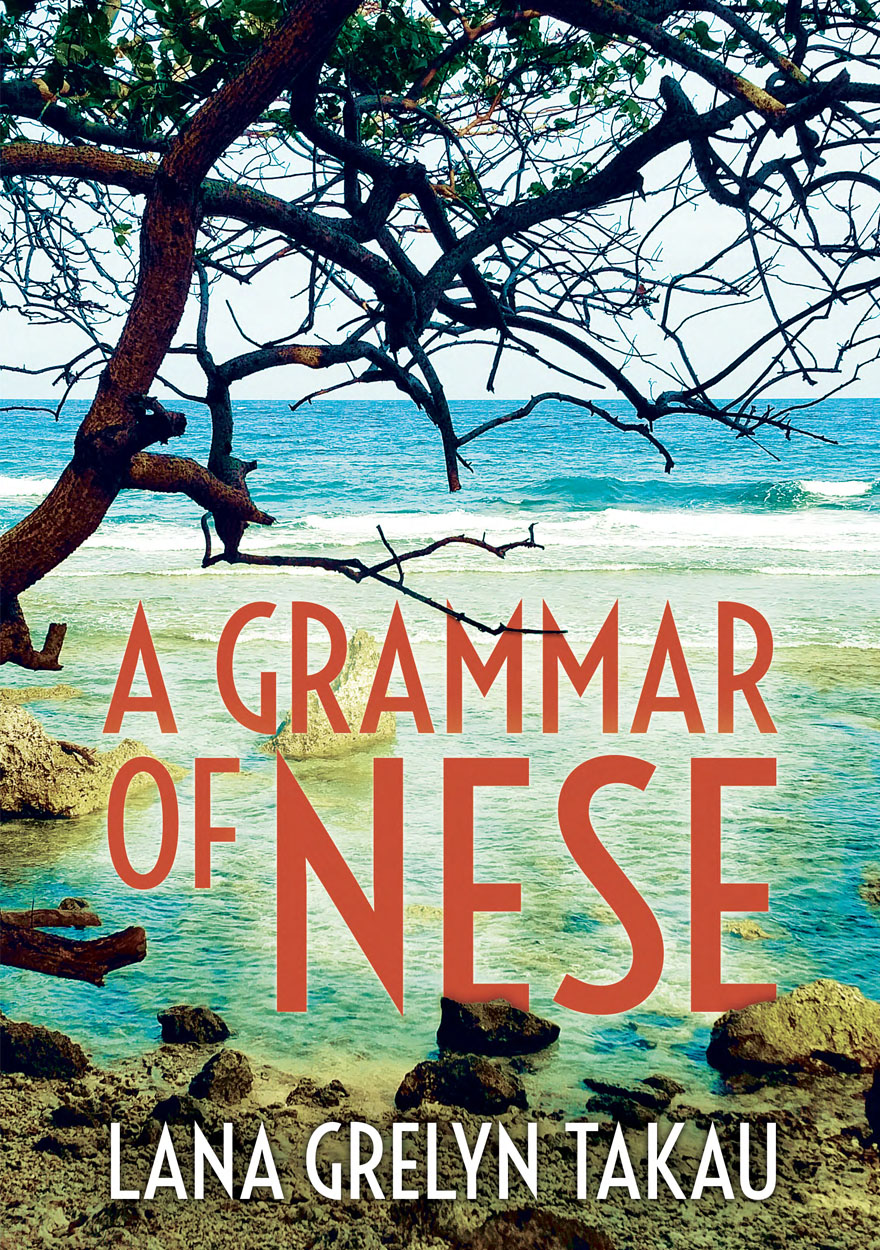
A Grammar of Nese »
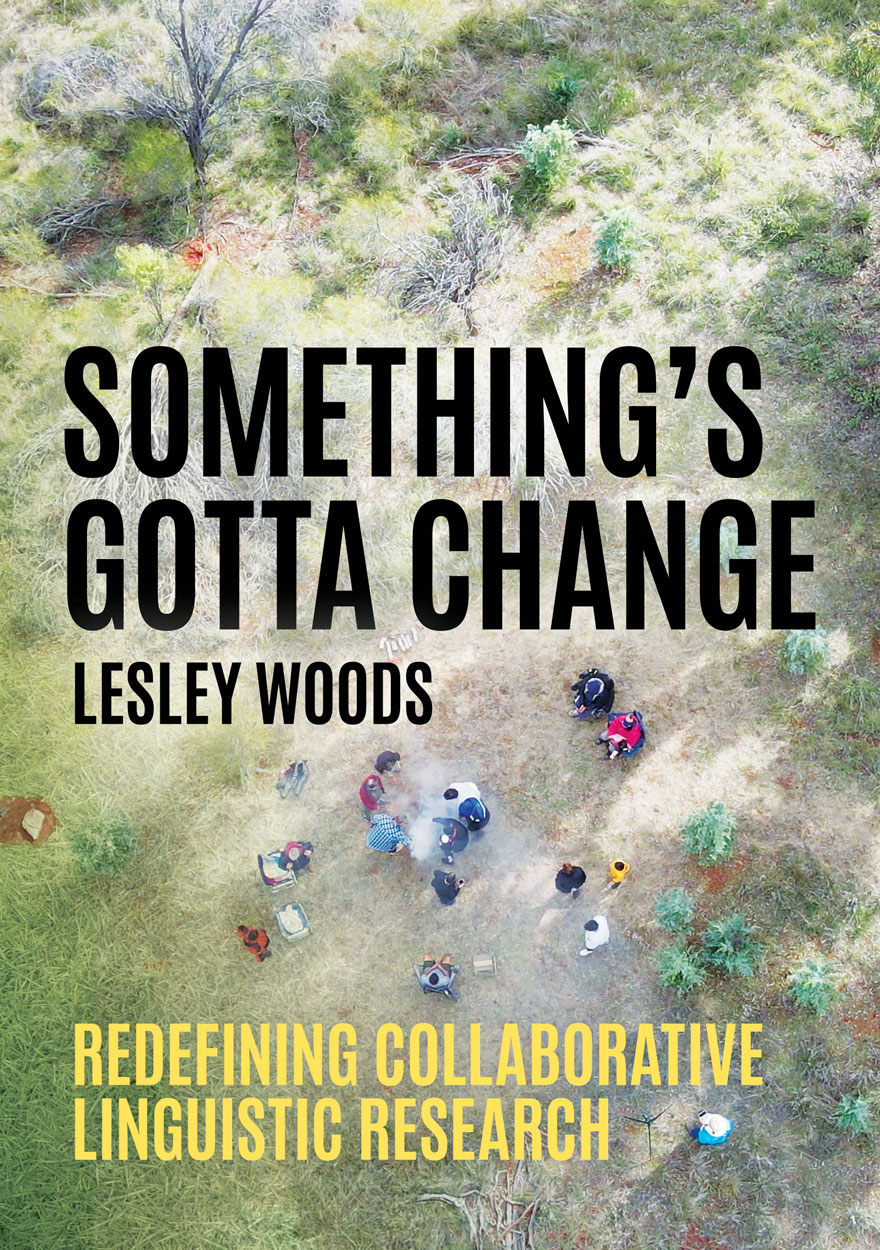
Something's Gotta Change »
Redefining Collaborative Linguistic Research
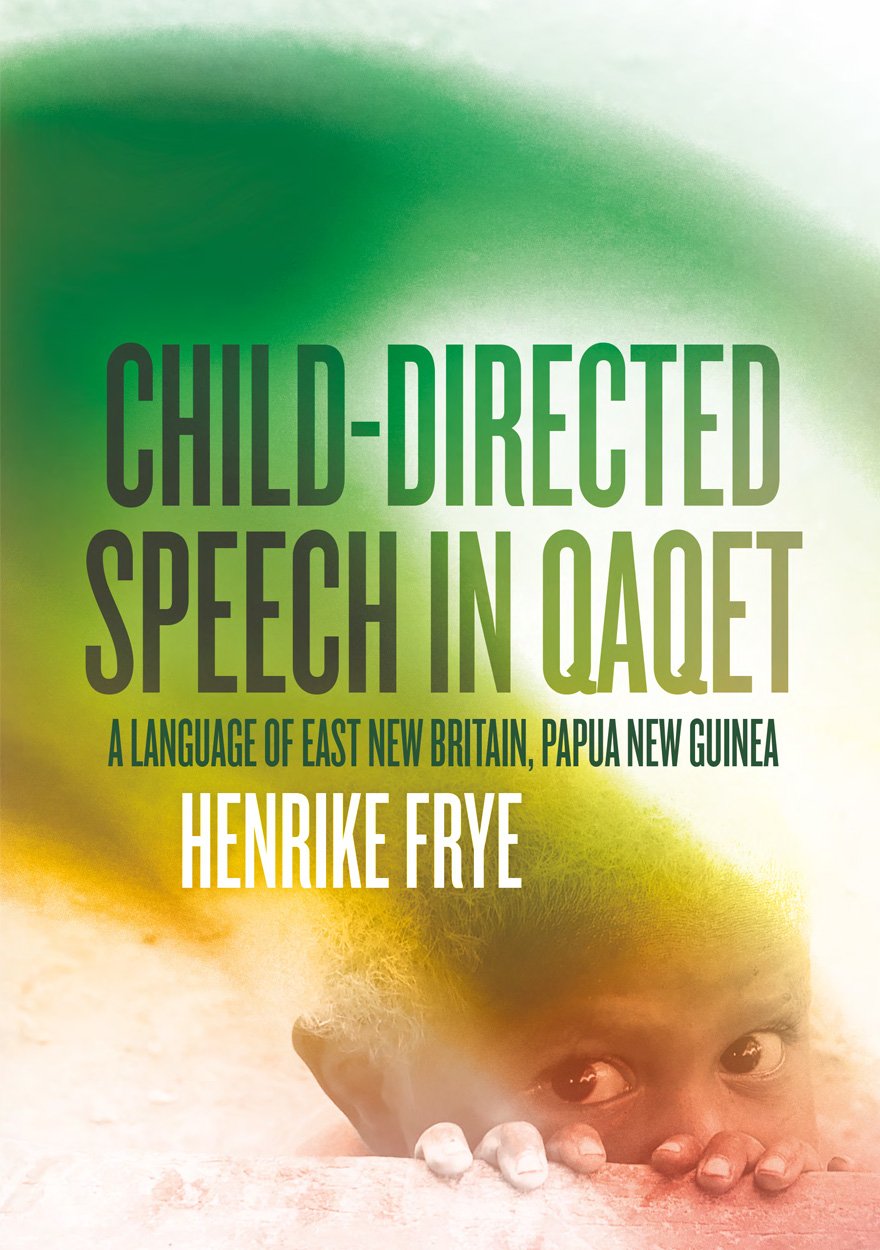
Child-directed Speech in Qaqet »
A Language of East New Britain, Papua New Guinea

Wampar–English Dictionary »
With an English–Wampar finder list

Rote-Meto Comparative Dictionary »
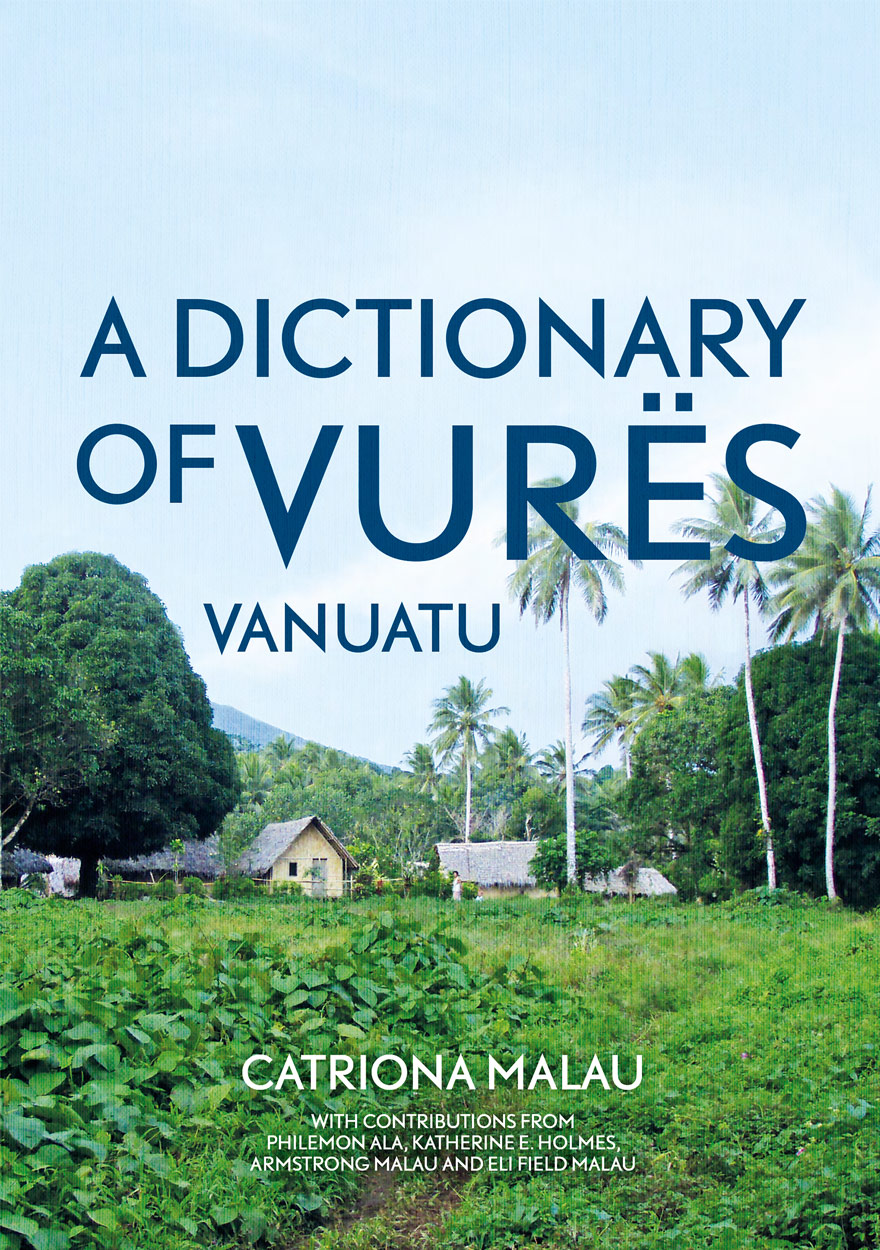
A Dictionary of Vurës, Vanuatu »

Linguistic Organisation and Native Title »
The Wik Case, Australia




